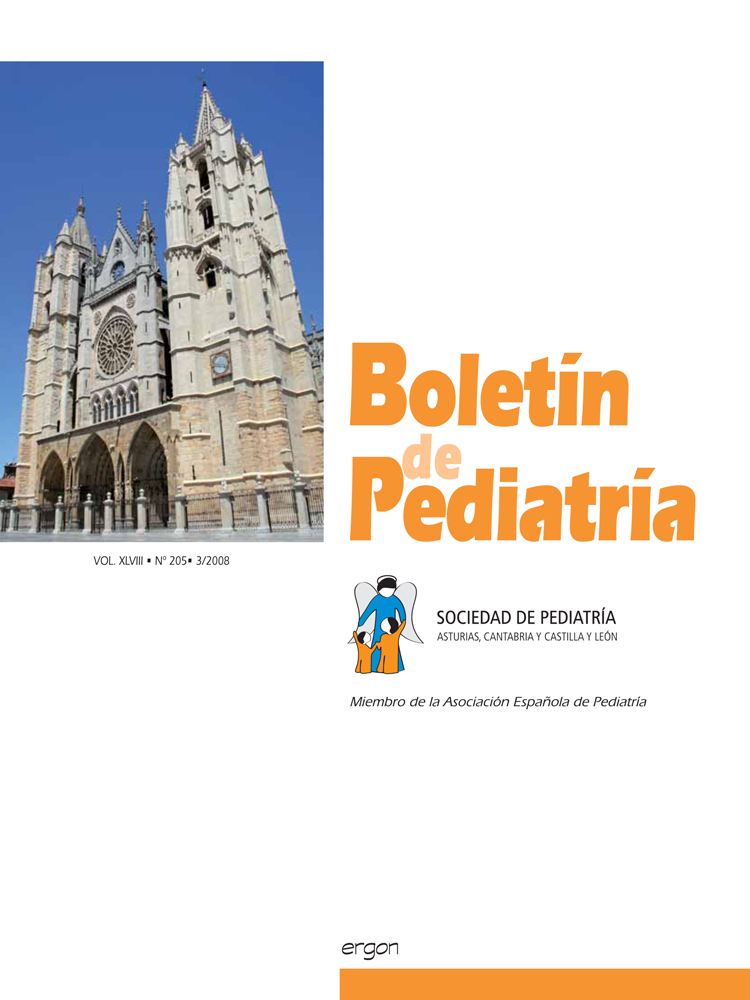Abstract
The diagnoses of many hereditary diseases must be confirmed on a molecular level of a genetic defect that the patient has. Once the mutation is detected and the clinical diagnoses confirmed, we can determine which is the effect of said mutation in the coded protein (changing shape, alteration or loss of function, erroneous location, decrease of its expression, etc.) and just be able to open the doors to new therapies aimed at the specific defect. In this article, we first consider some basic concepts of molecular genetics, including the gene structure and expression, introns and exons, genetic codes, transcription, translation, RNA processing, and mutations and its types. We will also give some explanations of methods to extract DNA and RNA from the blood and other tissues of the patient. After that, we will discuss the methods used to detect mutations in genes associated to hereditary diseases. The principal on which a mutation detection trial is based is that this sequence of gene nucleotides of an individual affected will be different from the sequence of an individual with normal phenotype. In addition, we will describe two methods to analyze the effect of some mutations in the maturation of pre-mRNA(RT-PCR from RNA of the blood and analysis of minigenes). Finally, we will mention some computer methods that serve to determine if the mutations detected are pathological or not and to predict the effect of the mutations in the maturation of the pre-mRNA.

This work is licensed under a Creative Commons Attribution-NonCommercial 4.0 International License.
Copyright (c) 2008 Boletín de Pediatría
